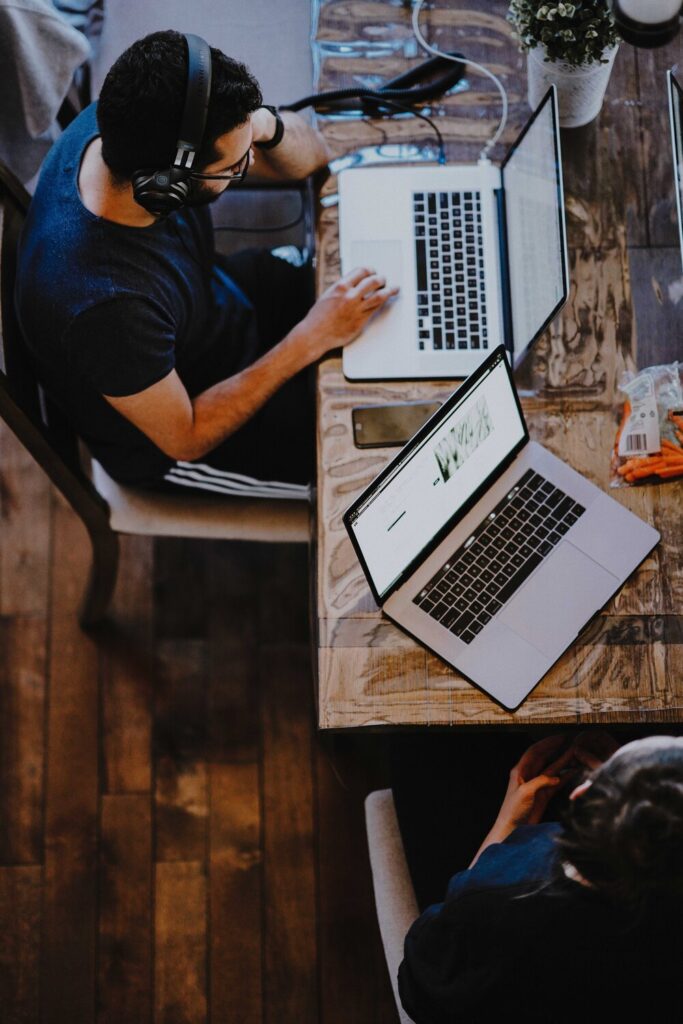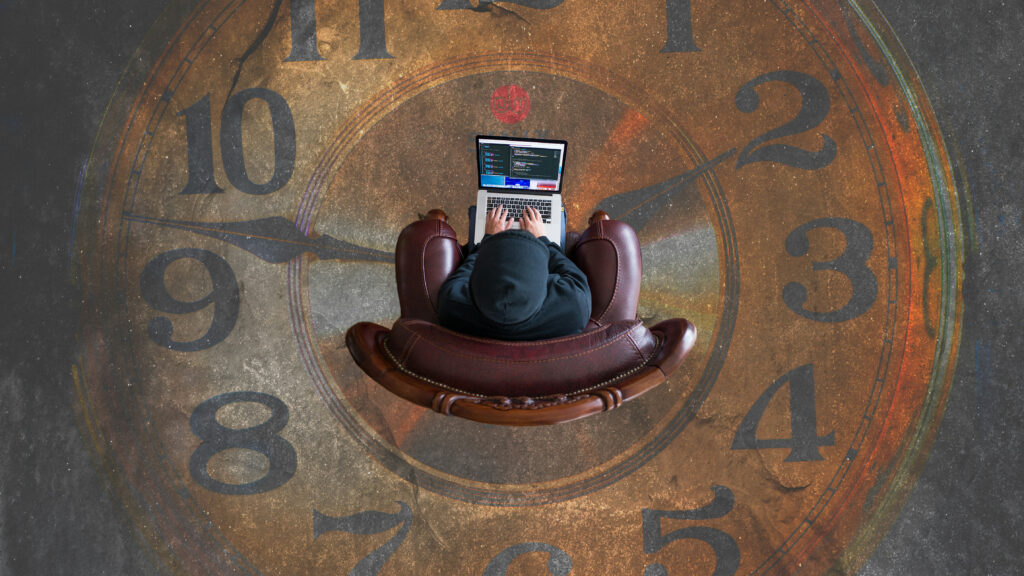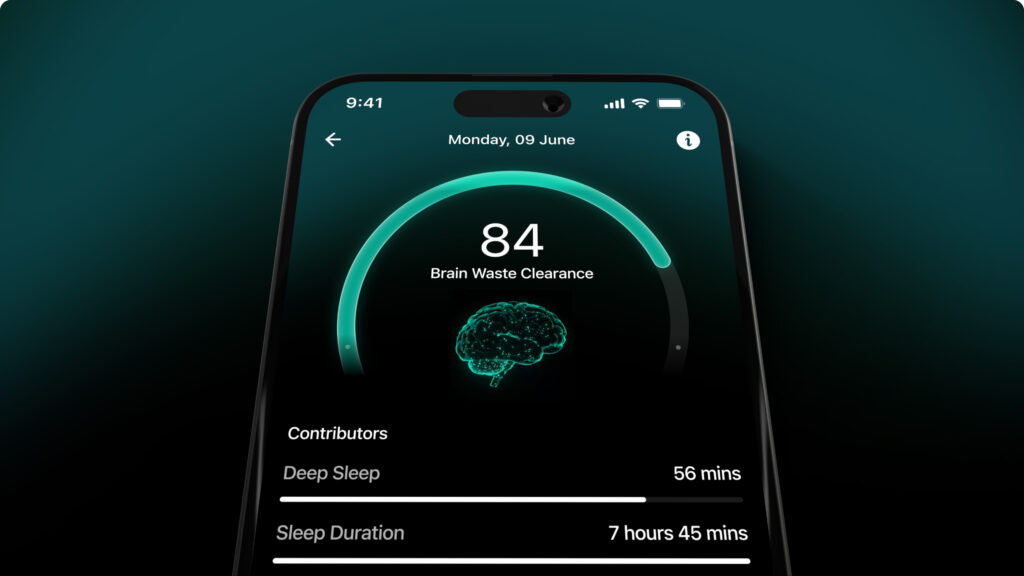Taking a break when you have to get through work and want to perform better can instinctively seem like a bad idea. Shouldn’t you be trying harder, putting in more hours and learning to focus instead? As counter intuitive as it may seem, being a little easy on yourself and incorporating downtime between your work schedule can boost your performance.
More so, during a pandemic, when we’re learning to reinvent our work styles and log in more often from home, it’s crucial to learn how to make the best of our time. Stripped away from the structure of an office, some may find themselves struggling more than others. Distractions, personal responsibilities, chores, limitations on travel and virtual meetings can leave our attention fragmented. If you find yourself in a place where holding on to your focus is a daily challenge, you’re not alone.
When you’re feeling like you’re not performing at your optimum, one of the habits that go a long way is that of taking breaks between your work. There is empirical evidence now that your productivity isn’t determined only by the hours you put in. Those who take breaks have been able to perform better at their tasks. Our cognition begins to fray over time, even our body might need a reset and a little time off lets you recharge and not spiral further into distraction.
Why Breaks Work
Breaks work because they act as times of rejuvenation. Cognition deteriorates over time and your mind can grow tired reducing your focus. By incorporating breaks you are able to concentrate better during your work periods. Quick escapes from your primary task breaks the rut and fosters creativity. How many times have you struggled to tackle a problem, only to find that a little time off your problem suddenly gives you a perspective you never had? Breaks can also help you going at your work longer and are particularly valuable when you want to work on more time consuming projects or for long hours. Being in a better place mentally means you’ll get more done in lesser time.
A study by The Draugiem Group found that their employees who were the most productive actually didn’t work more hours than others. What they also discovered is that these workers took breaks. They worked on an average for 52 minutes followed by a 17-minute break.
A work method that’s gained popularity in recent years is the Pomodoro technique named after tomato in Italian, indicating a tomato shaped timer that its creator Francesco Cirillo used to manage his work. The method recommends that one should ‘work with time rather than struggling against it’. Immerse yourself in 25 minute focused work periods followed by 3-4 minute breaks and a longer break after 4 successful work sessions.
According to a University of Illinois study brief diversions from a task can dramatically improve one’s ability to focus on a task for prolonged periods. Tony Schwartz, founder of the consultancy, The Energy Project, and a coach to several top businessmen teaches ‘sustainable’ high performance. He focusses on helping people manage their energy and not just time. He recommends 90-minute work periods followed by short breaks. This ‘pulse and pause’ work rhythm helps one buffer against mental fatigue that’s likely to seep in. Bob Pozen, a professor from MIT like also recommends 75-90 minute work periods based on studies of musicians.
Though there are different opinions on what durations one’s work spans and breaks must be, there is a consensus that intentional breaks as a work strategy work. If you want to include downtime between your work here are a few pointers:
Get Physical
It’s always a good idea to include physical movement to interrupt the monotony of sitting at your desk, especially if you’re working from home. If you’re incorporating a very short 5-minute break, stand, drink water, pace around a bit and do some stretches.
Be Calm and Take a Break
Tuning out distractions by breathing in and out deeply to relax your muscles can help you center yourself again if you’re in the middle of work that requires you to focus intensely.
Take Sincere Breaks
A break means just that. Be serious about detaching from work even if only for a few minutes. It might take a bit of practice, but don’t let your mind wander to thoughts about your work. Not thinking about your work will help you do it better!
Give Your Work 100%
Don’t think about breaks when you are working either! To gain the most from your breaks, you must be fully focused on your work when you are doing it. Postpone all your distractions, schedule emails and chores for after your work.
Change Your Activity
Choose activities that have nothing to do with your primary work for your breaks. If you’re working on a computer, don’t browse the internet in your downtime. If you’re putting in a tonne of client calls, don’t make a call to a friend during your break.
Unlearn Ideas on Work
It will take some effort to challenge your perceptions on productivity. If you’re used to beating yourself up, you might actually find it difficult and may even feel guilty when you take a break. With time, you can unlearn and work in a way that leads to better productivity.
Take a Walk
The benefits of walking as a coping mechanism between work have been well known. Creative professionals are known to gain greatly from it. We all know that a little stroll or just stepping into nature has served as an inspiration for many writers or painters. Your mobility might be affected during the pandemic, but try and find a tree in your neighbourhood to visit or even just bask in a little sunshine for a few minutes.
Let go of Negative Habits
Are you smoking, drinking too much coffee, checking social media as a break from work? Recognize if your break taking patterns induce more stress and are harmful to your overall health. Replace them with habits that leave you feeling better and rested.
In the end, it’s important to use these methods to gauge what you might gain from them. Understand your own patterns, devise downtimes that you enjoy and see your performance soar!








